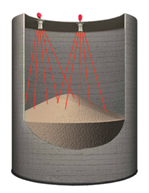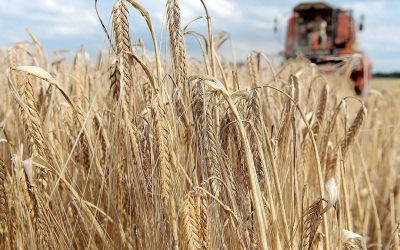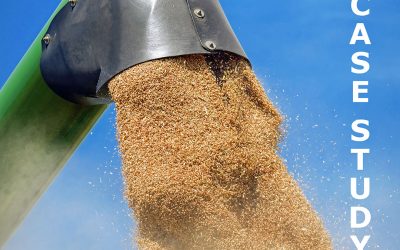BinMaster Introduces MVL multi-scanner for very large silos

BinMaster Level Controls has introduced the MVL multiple scanner system that integrates multiple point measurement data from two 3DLevelScanners to cover a very wide surface area and provide better inventory accuracy for large vessels.
Designed specifically for the challenges of very large bins, the MVL system displays a visual representation of the material surface that shows high and low points in the bin such as cone up, cone down, sidewall build-up or bridging.
Reports generated by the 3D software provide data such as volume as a percentage, in bushels, or cubic feet or meters; maximum, minimum and average levels or distances to product; weight in US tons, pounds or metric tons; and historical logs of bin measurements.
How it operates
An MVL system consists of two model MVL 3DLevelScanners, a controller that aggregates the data, 3D Vision software to be loaded onto a PC, and a 3DLinkPro modem for remote access to the scanners.
The BinMaster MVL system works by integrating the measurement data from two scanners mounted on the top of the vessel in locations optimized to most effectively cover the entire surface area of the material.
Generally, one scanner is mounted near the centre and the other eight to ten feet (2.5-3 metres) from the outer perimeter.
The scanners take multiple measurements of the material surface using dust-penetrating, acoustic-based technology.
A controller then combines the data from the two scanners and generates a single merged visual representation of the topography of the material and displays the image on a PC loaded with the 3D Vision software that can be viewed as real-time 3D images or historic 3D image movies.
More info: BinMaster











